Part Analysis
| General Data | |
| Manufacturer (OEM) | Great Wall |
| PCB Type | Double-Sided |
| Primary Side | |
| Transient Filter | 2x Y caps, 2x X caps, 2x CM chokes, 1x MOV |
| Inrush Protection | 1x NTC Thermistor SCK-056 (5 Ohm) & Relay |
| Bridge Rectifier(s) |
2x Vishay GBUE2560 (600V, 25A @ 140°C)
|
| APFC MOSFETs |
2x ST STP50N60DM6 (600V, 23A @ 100°C, Rds(on): 0.008Ohm) & |
| APFC Boost Diode |
1x CREE C3D16065 (650V, 16A @ 150°C)
|
| Bulk Cap(s) |
1x Rubycon (420V, 740uF, 3,000h @ 105°C, MXK)
|
| Main Switchers |
2x Infineon IPA60R060C7 (600V, 10A @ 100°C, Rds(on): 0.060Ohm)
|
| APFC Controller | Champion CM6502UHHX |
| Resonant Controller | Champion CM6901X |
| IC Driver | 1x Novosense NSi6602BD |
| Topology |
Primary side: APFC, Half-Bridge & LLC converter
Secondary side: Synchronous Rectification & DC-DC converters |
| Secondary Side | |
| +12V MOSFETs | 8x Infineon BSC014N04LS (40V, 125A @ 100°C, Rds(on): 1.4mOhm) |
| 5V & 3.3V | DC-DC Converters: 4x Advanced Power AP4024GEMT (30V, 60A, Rds(on): 4.5mOhm) PWM Controller(s): ANPEC APW7159C |
| Filtering Capacitors | Electrolytic: 2x Rubycon (3-6,000h @ 105°C, YXG) Polymer: 3x United Chemi-Con, 43x FPCAP |
| Supervisor IC | IN1S429I-SCG (OCP, OVP, UVP, SCP, PG) |
| Fan Controller | Microchip PIC16F1824 |
| Fan Model | Corsair NR092P (92mm, 12V, 0.22A, Fluid Dynamic Bearing Fan) |
| 5VSB Circuit | |
| Rectifier | |
| Standby PWM Controller | Infineon ICE5QR1680AG |
Great Wall is the OEM of all SF and SF-L units. It is a Chinese government-owned company, so it has plenty of resources. The PCB is small and densely populated with components to deliver 1000W max power. The primary heatsink, hosting, among other things, the bridge rectifiers, is pretty large, while the heatsink on the secondary side is small since the FETs that regulate the 12V rail are installed on the PCB’s bottom side. Overall, the build quality is high, with expensive parts and nearly impeccable soldering quality. Great Wall has state-of-the-art production lines, so I didn’t expect anything less in soldering quality. I had the chance to visit all of GW’s factories and production lines in 2023, and the production of the new SF line took place at the time of my visit.
The design is typically found in every modern PSU nowadays. A half-bridge topology on the primary side, after the APFC converter’s stage, while an LLC resonant converter boosts efficiency through an (almost) lossless switching. On the secondary side, a synchronous rectification scheme, including eight (instead of the six that the 850W uses) Infineon FETs, regulates the 12V rail. The minor rails are generated from a pair of DC-DC converters utilizing an ANPEC PWM controller. Rubycon provides the few electrolytic caps on the secondary side, while many polymer caps handle ripple filtering. The fan controller is a Microchip digital controller, making the fan speed profile programming easy. The cooling fan uses a fluid dynamic bearing and has a diameter of 92mm. Lastly, the standby circuit uses Infineon parts.
Great Wall gathered vast experience over the years by cooperating with Corsair to produce SFX units, and this is why it is now the number one force in this market segment.
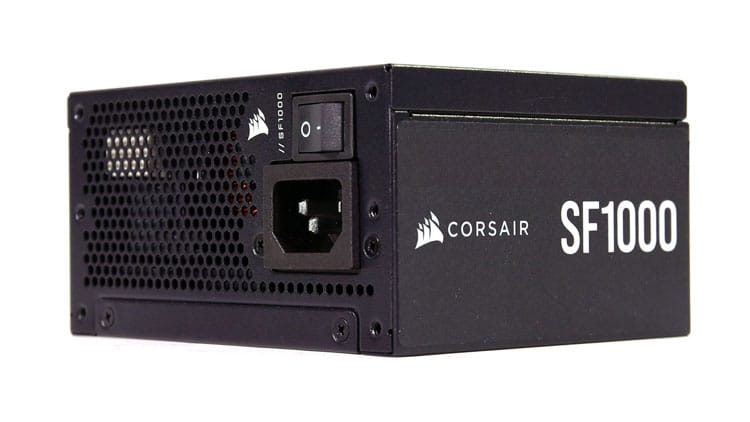
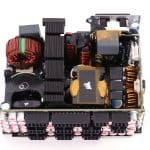

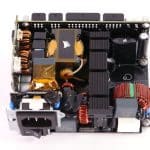
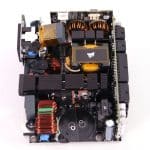
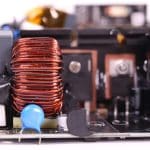
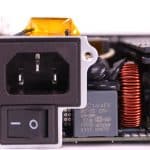
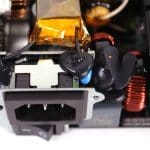
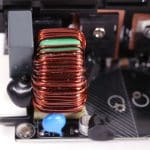
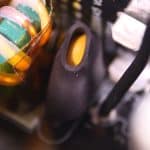
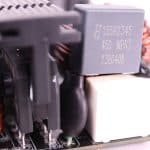
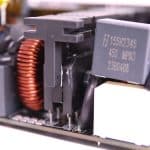
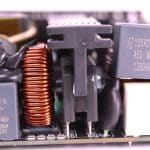
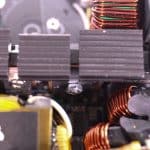
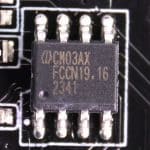

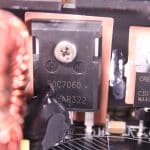
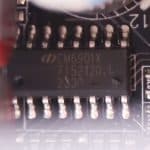
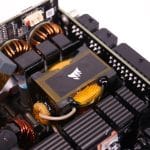
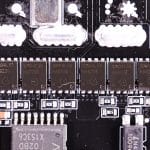
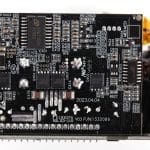
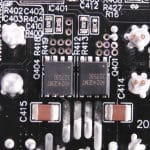
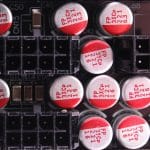
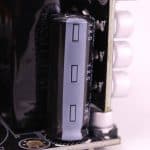
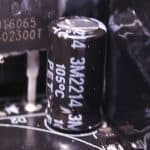
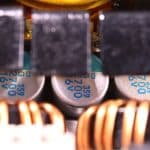
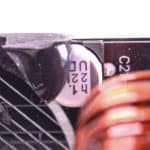
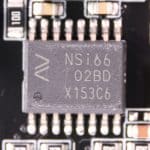
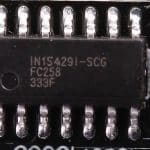
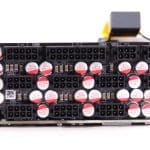
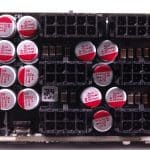
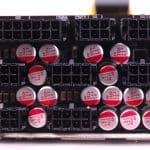
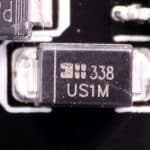
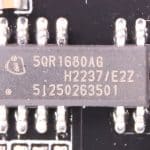
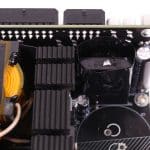
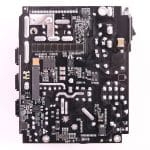
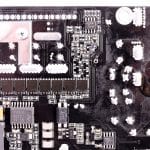
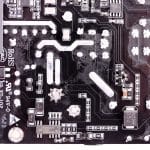
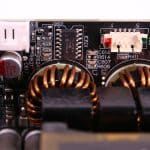
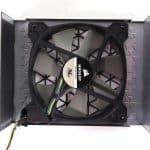
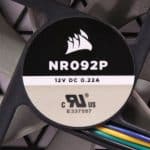
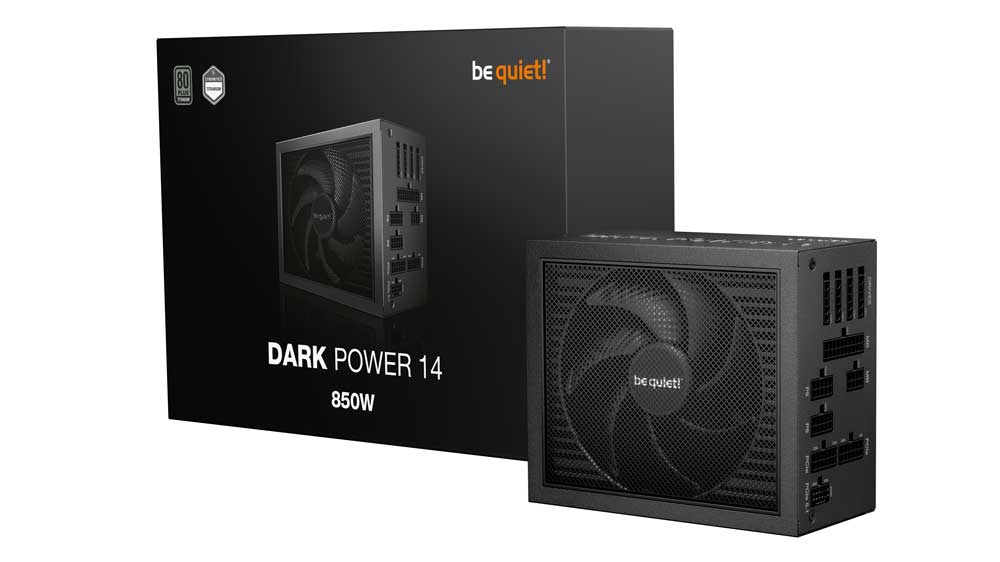

Should I get the Corsair SF850L (145$) or the Corsair SF1000 (215$) ? Thanks so much for your work.
Hi price difference but it has to do whether you need 850W or 1000W max power. So it depends on your system.
I’m so glad I found your reviews! One thing you could do to improve your reviews is to include frequency response PSUs (or anything that can emit noise). This would help to visualize if there is nasty coil whine or other undesirable noises coming out of fans/electronics/whatever. I’m asking for this because people have different hearing ability and you might not perceive noises that other people do. Such graph would be an objective measurement and thus easily comparable and outside of our subjective variances in ear hardware 😉
I could do that yes, but the problem is that it takes sooo much time 🙁
Amazing work with these review articles! I especially like the noise performance graph at various loads, that is extremely helpful for me. Could you please make the affiliate link prominent? I would like to support your testing.
Thank you!
Would you recommend SF1000 over lower wattage models if my average load is around 600W? From the tests, I see it should be quieter at that load, but I wonder if there’s any downside to running this PSU at a half-rated load.
Downside is it will probably pull more power from socket when your computer is idle or your doing light tasks because this is way outside it’s optimal operational efficiency.
On corsairs website they are still referencing 80 Plus Platinum for the new SF750/SF850/SF1000
https://www.corsair.com/us/en/explorer/diy-builder/power-supply-units/sf750sf850sf1000-platinum-atx-31-everything-you-need-to-know/
-80 PLUS Platinum efficiency ensures lower energy consumption, noise, temperatures, and your power bill.
Yes, Corsair marketing seems to screw up this. In Computex the PSU PM assured me that no 80 P from now on.
Some MOSFET model name in the list is wrong
Do you want to elaborate, to help me fix it?
Hi aris, thank you very much for the review!. can you elaborate on the OCP triggering points? What are the risks of being set too high? Any risks to other pc componants ?
They can kill the PSU if too high, especially at high temperatures.